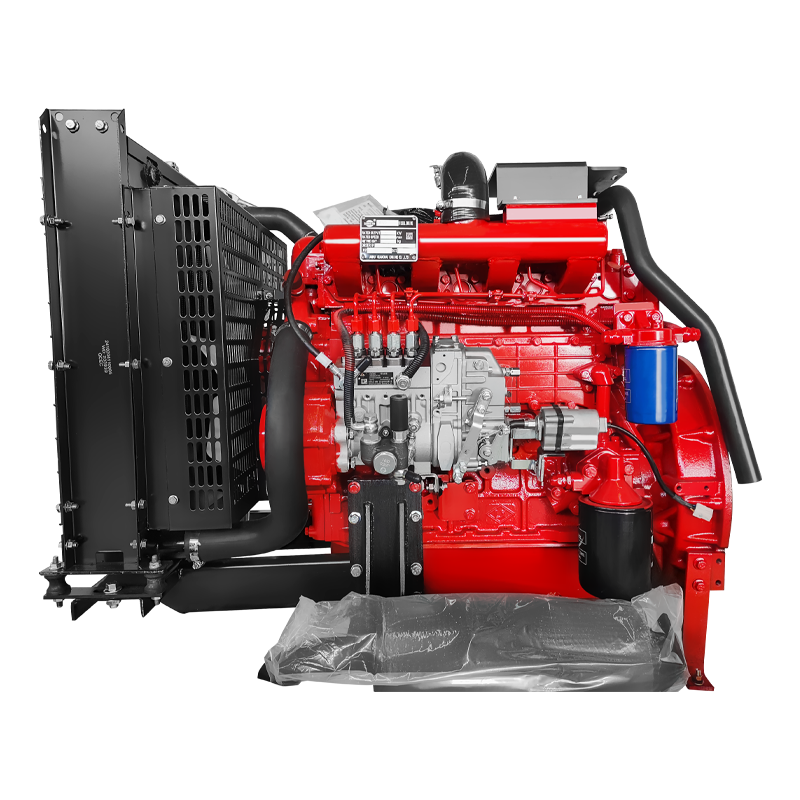Fire protection systems play a crucial role in safeguarding lives and property by detecting and controlling fires. In this article, we will explore the features, components, and significance of fire protection systems in mitigating the devastating impact of fires.
Understanding Fire Protection Systems:
Fire protection systems are designed to detect, suppress, or extinguish fires in residential, commercial, and industrial settings. These systems consist of various components working together to ensure swift response and effective fire control.
Components of Fire Protection Systems:
a. Fire Alarms: Fire detection begins with fire alarm systems, which include smoke detectors, heat detectors, and manual pull stations. These devices promptly detect the presence of smoke or heat, triggering alarms to alert occupants and authorities.
b. Fire Suppression Systems: Fire suppression systems, such as sprinkler systems, employ water or specialized agents to extinguish or control fires. These systems activate automatically when a fire is detected, minimizing fire spread and damage.
c. Fire Extinguishers: Portable fire extinguishers provide immediate access to firefighting capabilities. They are strategically placed throughout buildings and come in various types, such as water, foam, or carbon dioxide, to combat different types of fires.
d. Emergency Exit Routes: Fire protection systems include clearly marked emergency exit routes, illuminated exit signs, and emergency lighting to facilitate safe evacuation during fire emergencies.
Importance of Fire Protection Systems:
a. Early Fire Detection: Fire protection systems are designed to detect fires at their early stages, allowing for prompt response and minimizing potential damage.
b. Life Safety: These systems prioritize the safety of occupants by providing early warning and clear evacuation routes, enabling a swift and orderly evacuation during fire emergencies.
c. Property Protection: Fire protection systems help minimize property damage by swiftly containing and extinguishing fires, reducing the spread and intensity of flames.
d. Code Compliance: Fire protection systems ensure compliance with local fire safety codes and regulations, providing a safe environment for building occupants and avoiding legal complications.
Significance in Different Settings:
a. Residential Buildings: Fire protection systems in residential buildings, such as single-family homes or multi-story apartments, protect residents and their belongings, providing peace of mind and enhanced safety.
b. Commercial Spaces: Fire protection systems are vital in commercial spaces, including offices, retail stores, and warehouses, safeguarding employees, customers, and valuable assets.
c. Industrial Facilities: Robust fire protection systems are essential in industrial settings, where the presence of hazardous materials and complex machinery increases the risk of fires. These systems help prevent catastrophic incidents and protect workers and critical infrastructure.
Maintenance and Testing:
Regular maintenance and testing of fire protection systems are crucial to ensure their proper functioning. Routine inspections, equipment checks, and employee training contribute to the reliability and effectiveness of these systems.
Conclusion:
Fire protection systems are indispensable in safeguarding lives and property, providing early fire detection, suppression, and evacuation support. By investing in reliable fire protection systems and adhering to safety protocols, individuals and organizations can significantly reduce fire-related risks and protect what matters most.
 English
English عربى
عربى
 Fire Pump and System
Fire Pump and System Split Case Pump
Split Case Pump Engine and Pump
Engine and Pump Long Shaft Pump
Long Shaft Pump Multistage pump
Multistage pump Water Supplier System
Water Supplier System Sewage Pump
Sewage Pump Industrial Pump
Industrial Pump Self-Priming Pump
Self-Priming Pump Inline Pump
Inline Pump Domestic Pump
Domestic Pump Electric Motor
Electric Motor Borehole Pump
Borehole Pump




























